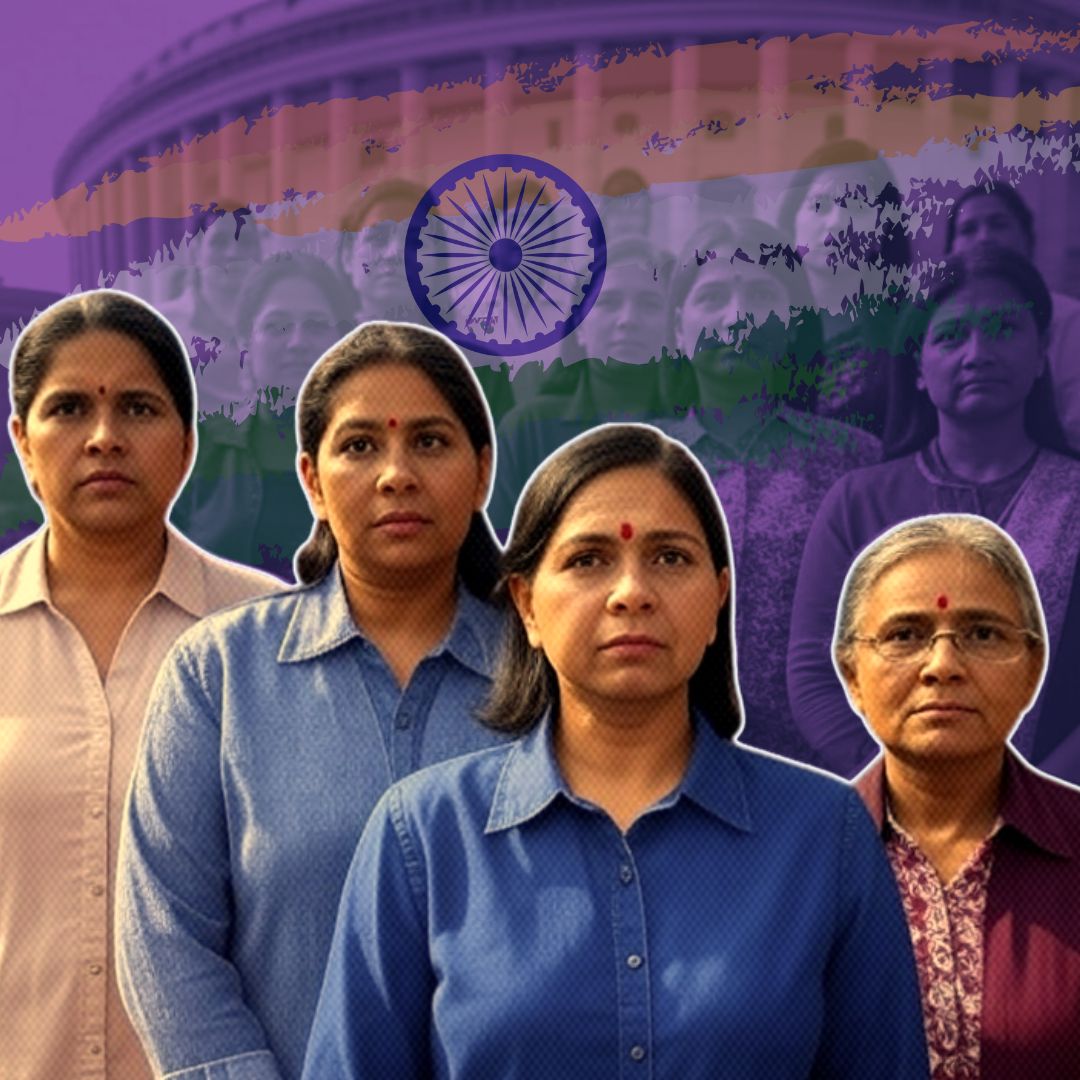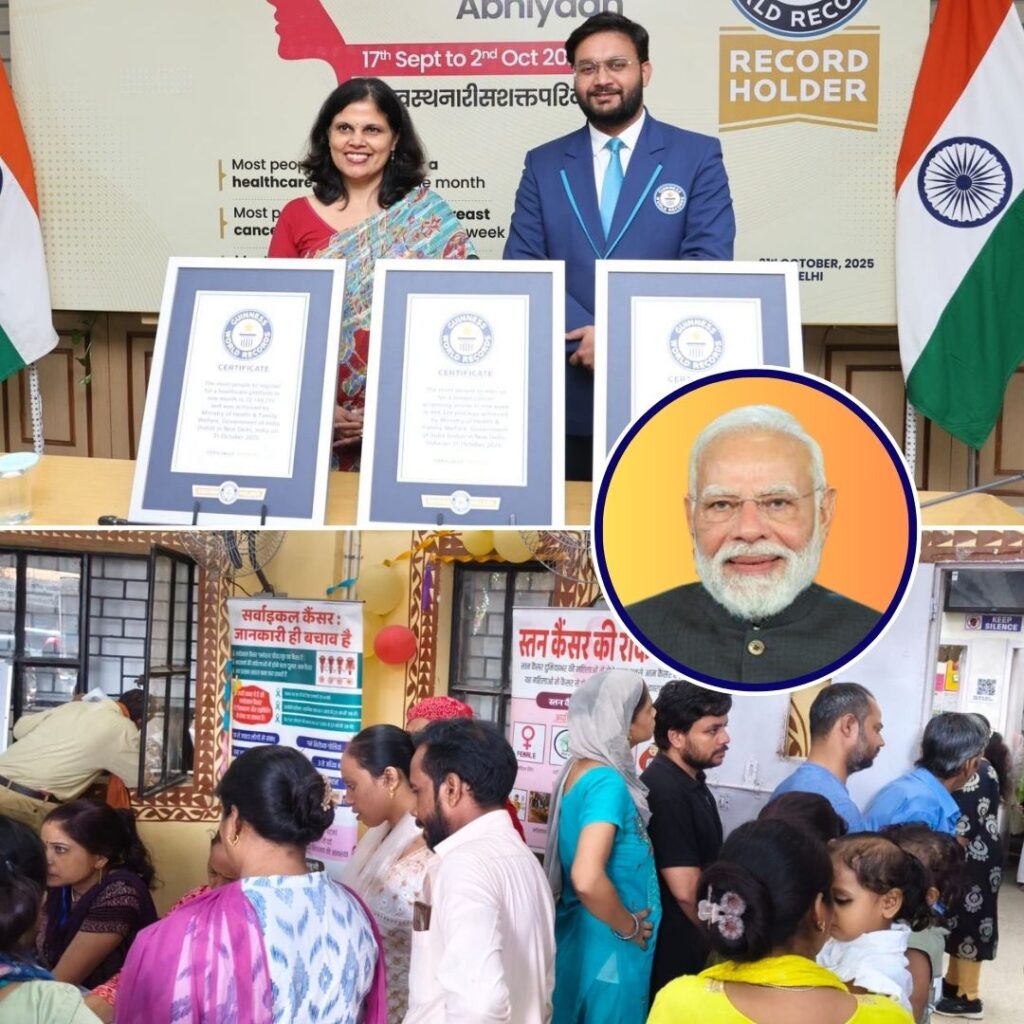India has slipped to 131st position out of 148 countries in the World Economic Forum’s Global Gender Gap Index 2025, released on June 12, 2025. With an overall parity score of just 64.1%, India ranks among the lowest in South Asia, trailing behind neighbours such as Bangladesh, Bhutan, Nepal, and Sri Lanka.
The country has seen modest improvements in economic participation and educational attainment but suffered setbacks in political empowerment, with a decline in female representation in Parliament and ministerial positions.
Officials from the World Economic Forum have emphasised the urgent need for accelerated action to bridge persistent gender gaps and promote inclusive growth. This report raises critical questions about India’s commitment to gender equality amid ongoing social and economic challenges.
Mixed Progress: Economic and Educational Gains Amid Political Setbacks
The Global Gender Gap Report 2025 highlights a nuanced picture of India’s gender parity landscape. On the positive side, India’s economic participation and opportunity score improved by 0.9 percentage points, reaching 40.7%, reflecting increased female labour force participation, which now stands at a record 45.9%.
Estimated earned income parity also rose slightly to 29.9%, indicating gradual progress in closing wage gaps. Furthermore, educational attainment improved to 97.1%, driven by rising female literacy rates and higher enrolment in secondary and tertiary education.
However, these gains are overshadowed by a decline in political empowerment. Female representation in the national Parliament dropped from 14.7% to 13.8%, while women holding ministerial positions decreased from 6.5% to 5.6%. This regression in political leadership is a significant factor behind India’s fall in the rankings and highlights persistent structural barriers to women’s participation in governance.
Saadia Zahidi, Managing Director of the World Economic Forum, remarked, “India’s progress in education and economic participation is encouraging, but the decline in political empowerment is a setback that must be urgently addressed if we are to achieve true gender parity.”
Regional and Global Context: India’s Position Among Neighbours and Worldwide Trends
India’s ranking at 131st places it behind several South Asian countries, underscoring regional disparities in gender equality. Bangladesh leads the region at 24th globally, credited with significant strides in female education and political representation. Bhutan (119), Nepal (125), and Sri Lanka (130) also outperform India, while Maldives (138) and Pakistan (148) rank lower.
Globally, the average gender gap has narrowed to 68.8%, marking the fastest annual improvement since the COVID-19 pandemic. Yet, the report warns that at the current rate, full gender parity will not be achieved for another 123 years. The data reveals a persistent global challenge: while women constitute 41.2% of the workforce, they occupy only 28.8% of senior leadership roles.
Iceland continues to top the index for the 16th consecutive year, with the top ten countries all exceeding 80% parity, setting benchmarks for others to follow. The report calls for intensified efforts worldwide to accelerate progress, particularly in political empowerment and economic inclusion.
The Logical Indian’s Perspective
India’s slip in the Global Gender Gap Index is a wake-up call for citizens, policymakers, and civil society alike. While the improvements in education and economic participation offer hope, the decline in women’s political representation reveals deep-rooted systemic challenges that cannot be ignored.
True gender equality requires more than incremental gains; it demands bold reforms, inclusive policies, and a cultural shift that values women’s leadership and agency at all levels.
As a platform committed to fostering empathy, harmony, and constructive dialogue, The Logical Indian urges all stakeholders to prioritise gender justice as a cornerstone of India’s growth story.












